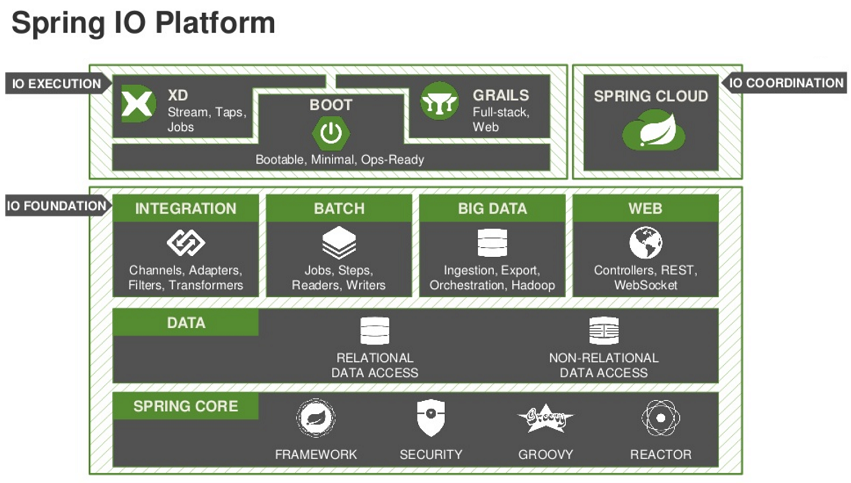Hibernate is the most popular framework to do ORM (Object Relational Mapping) projects. With Hibernate a software can use the main DBMS in the market, including the capability to change the database vendor any time, without source code impact. This is possible because the Hibernate supports dialects. Each database product has a different dialect that can be assigned into a configuration file. So, if a software is using Oracle and is looking to evolve to InterSystems IRIS, just change the configuration file with connection and dialect information.

.png)
.png)

